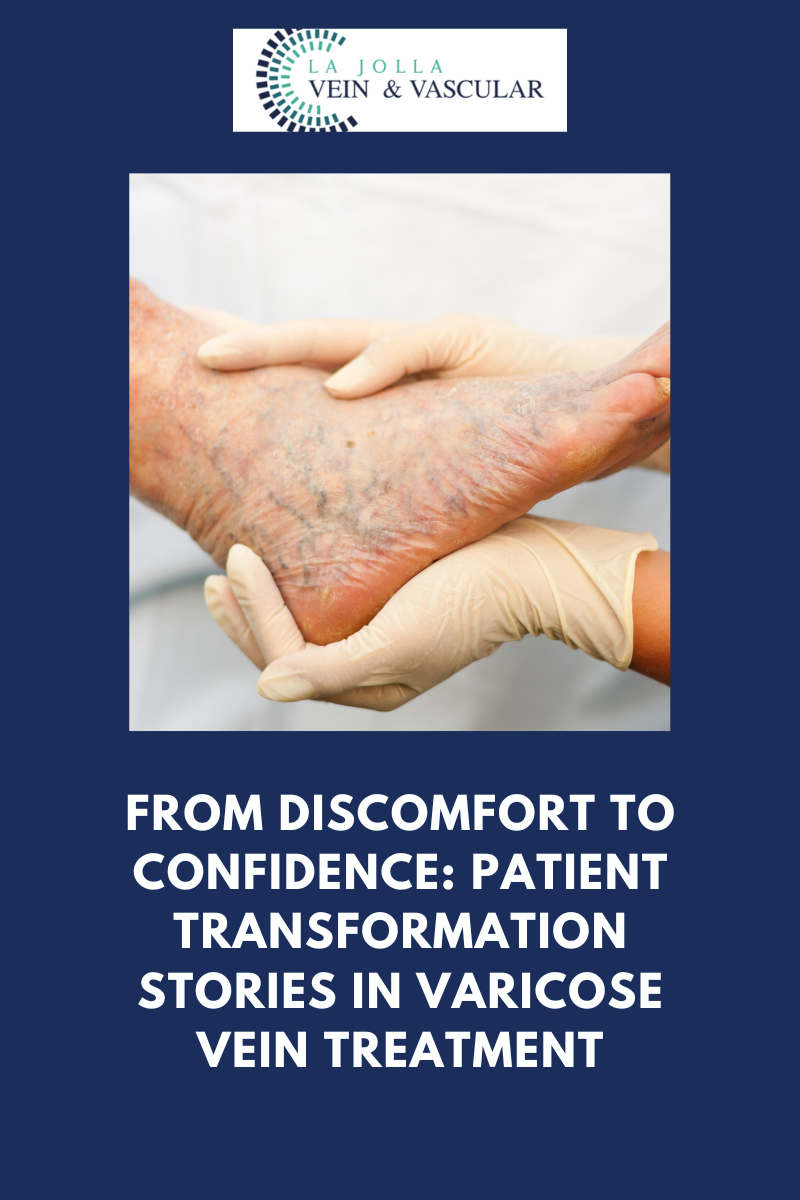Are you at risk for DVT? Learn your risk factors

Deep vein thrombosis (DVT) is a condition that can have serious consequences if left untreated. Blood clots forming in the deep veins of the legs, thighs, pelvis, or even arms can pose significant risks to one’s health. Understanding the factors that contribute to DVT is crucial for early detection and prevention. Let’s dive into what causes DVT and explore the risk factors associated with this condition.
How Blood Clots Form
To understand DVT, it’s essential to grasp how blood circulates in the body. The circulatory system comprises arteries and veins. Arteries carry oxygen-rich blood away from the heart, while veins transport deoxygenated blood back to the heart. Unlike arteries, veins lack muscle linings and rely on muscle movement to propel blood toward the heart.
In the legs, there are two main sets of veins: superficial veins located near the skin’s surface and deep veins nestled within the muscles. Blood flows from superficial veins into deep veins through perforator veins, aided by valves that ensure one-way circulation. However, when blood flow slows or pools in veins, platelets can adhere together, forming clots.
Understanding the DVT Risks

While a blood clot in a deep vein may not always pose an immediate threat, it becomes dangerous if it dislodges and travels to the lungs, causing a pulmonary embolism. According to the CDC, between 10% to 30% of individuals diagnosed with leg DVT experience life-threatening complications within a month.
Several factors increase the risk of developing DVT. These include:
- Age: The risk of DVT increases with age, particularly in individuals over 60.
- Immobilization: Extended periods of immobility, such as prolonged bed rest or immobilization due to injury, surgery, or illness, can promote blood clot formation.
- Pregnancy and Postpartum: Pregnancy and the postpartum period elevate the risk of DVT due to hormonal changes and reduced mobility.
- Recent Surgery: Major surgeries within the past four weeks can increase DVT risk, as post-surgical immobility and tissue trauma contribute to clot formation.
- Long Travel: Extended periods of sitting during long plane or car journeys, especially exceeding four hours, can impede blood circulation and predispose individuals to DVT.
- Cancer: Certain cancers and cancer treatments can heighten the risk of blood clot formation.
- Previous DVT or Stroke: A history of DVT or stroke increases susceptibility to recurrent episodes.
Deep vein thrombosis DVT, is a serious medical condition that demands attention and awareness. Knowing the risk factors associated with DVT is crucial for early detection and intervention. If you identify with any of the risk factors mentioned above, it’s essential to consult with a healthcare professional to assess your individual risk and explore preventive measures. By understanding the factors that contribute to DVT, you can take proactive steps to safeguard your health and well-being. Stay informed, stay vigilant, and prioritize your vascular health.
“Bringing Experts Together for Unparalleled Vein and Vascular Care”
La Jolla Vein & Vascular (formerly La Jolla Vein Care) is committed to bringing experts together for unparalleled vein and vascular care.
Nisha Bunke, MD, Sarah Lucas, MD, and Amanda Steinberger, MD are specialists who combine their experience and expertise to offer world-class vascular care.
Our accredited center is also a nationally known teaching site and center of excellence.
For more information on treatments and to book a consultation, please give our office a call at 858-550-0330.
For a deeper dive into vein and vascular care, please check out our Youtube Channel at this link, and our website https://ljvascular.com
For more information on varicose veins and eliminating underlying venous insufficiency,
Please follow our social media Instagram Profile for more fun videos and educational information.
For more blogs and educational content, please check out our clinic’s blog posts!





